Palmetto Bluff Real Estate Company Sales Office
Office Hours
Monday-Friday 9am - 5pm
Saturday 9am - 4pm
Sunday 12 - 4pm
Saturday 9am - 4pm
Sunday 12 - 4pm
An indicator species for water quality around the Bluff, when turtles are doing well that means every species is doing well. In order to make sure these important reptiles are thriving, the Palmetto Bluff Conservancy team sets up traps to capture, or recapture, and research turtles around the property. As part of the Turtle Mark & Recapture program, the conservancy invites members to join the team to take part in their research and get the chance to experience a recapture, something that is very rare.
Loaded up in the back of the conservancy’s pick-up trucks on a Thursday morning, land and wildlife manager Justin Hardy leads the way to Headwaters for the second-turtle marking session of the year to check their first trap. Although the first trap came up empty, Justin takes the opportunity to describe the ingenuity behind trapping turtles. With turtles being easy to catch, the team uses basking traps to take advantage of the sun-loving reptiles. Turtles climb on the side ramps of the trap to bask in the sun and when they are finished tanning, they move forward instead of back, crawling right into the submerged box. With a little help from some sardines inside the trap to give the turtles more motivation, the basking trap provides all levels of the species, no matter its age, gender or heath, equal levels to be captured.
At the next location down the road, we found success. A shy Yellow-bellied slider was captured for the first time, giving the team and us an opportunity to name and mark it. After coaxing it slightly out of its shell, we were able to tell its gender by its nail and tail size. Since the tail and nails were long, we could tell it was a male, since females have short nails and tails. We measured the length and width of the top and bottom of the shell and weighed it. After getting the information we needed, we could move on to marking the turtle. Choosing three unique letters from the alphabet, the team used these letters to count off the side plates of the shell, called the “scutes,” to match the letters we chose. After finding these specific places, we were able to help mark the scutes with a file, a feeling that is comparable to clipping your fingernails. With three scutes marked, the turtle officially had its name. After everyone was given a chance to hold and observe our first catch, it was released back to its original spot of capture, racing back to the water and triumphantly diving in.
After striking gold with one turtle, success followed at the rest of the three locations. In the turtle-hotspot waterway behind the Canoe Club, the traps revealed not only a new capture, but also a good-sized female recapture. After determining that she was not carrying any eggs, we used her old markings to find her name and look her up old marking sheet. Not only did we find that she was growing and thriving since the last time they caught her, but also that she was the programs first ever catch! The next two locations revealed a new type of turtle, called the Chicken-turtle. A very rare catch, the activity of these uncommon freshwater reptiles revealed to the team that the inland waterway and its inhabitants were healthy and happy.
The Turtle Mark & Recapture gives members a behind-the-scenes look at the work of the Conservancy and inner-workings of the Palmetto Bluff environment. Whether your ready to get your hands dirty and throw yourself into marking the turtle yourself or just along for the ride around the beauty and nature of the Bluff, this event provides an appreciation for a species with a huge impact on our eco-system.
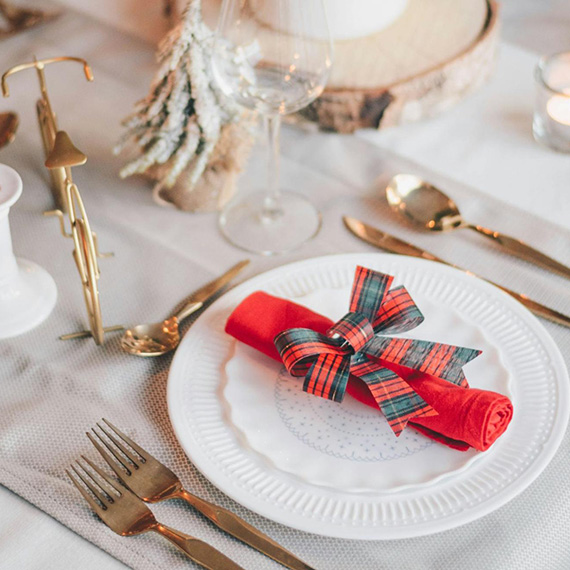
Warm, fragrant, and deeply comforting, Chef Beth’s Southern Sausage & Sage Stuffing is a holiday classic that brings together rich pork sausage, fresh herbs, and toasted bread for the ultimate savory side dish. Studded with green apples and aromatic vegeta...
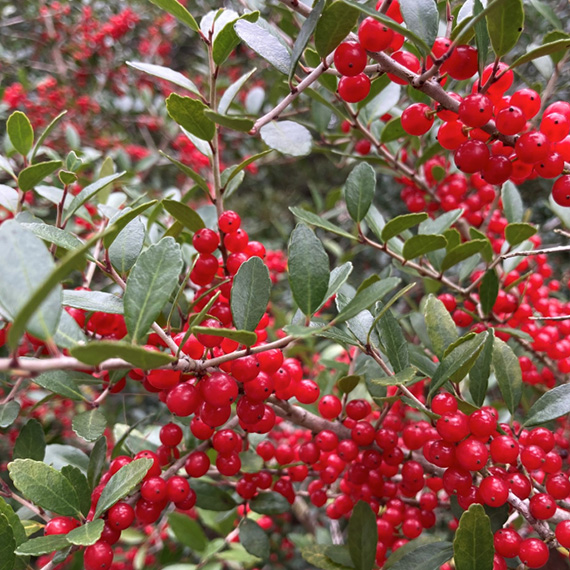
As December settles over Palmetto Bluff, it brings softer light, cooler mornings, and the natural beauty of native evergreens and winter berries that define the Lowcountry landscape. Palmetto Bluff Conservancy’s Education and Outreach Manager, Aaron Palmier...
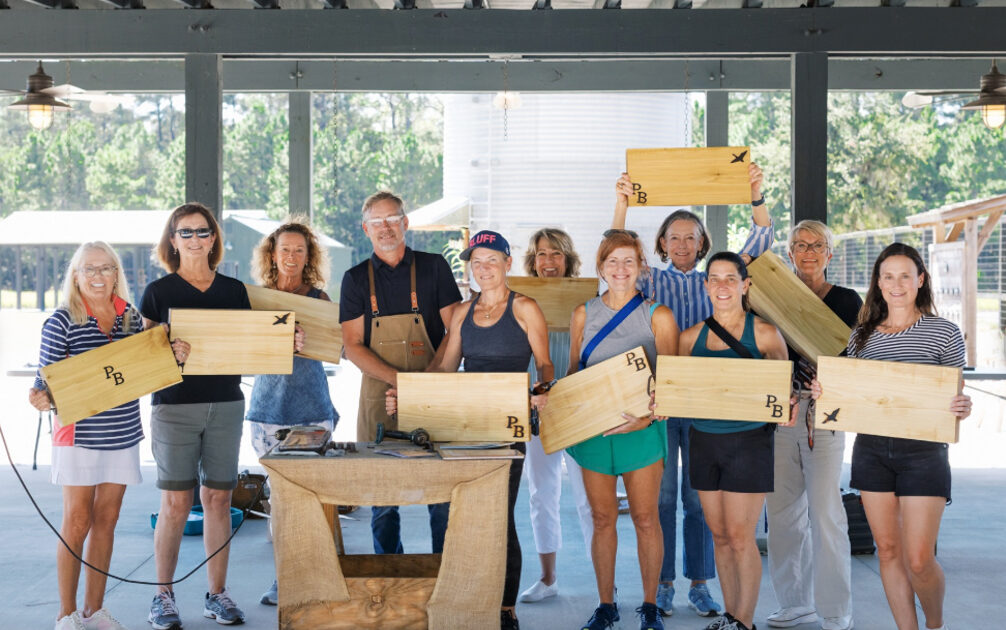
In 2025, Palmetto Bluff welcomed new neighbors and old friends, groundbreakings, and long-awaited openings. From inspired Club gatherings and elevated programming to the creation of our latest golf course, the year was defined by connection and excitement for ...
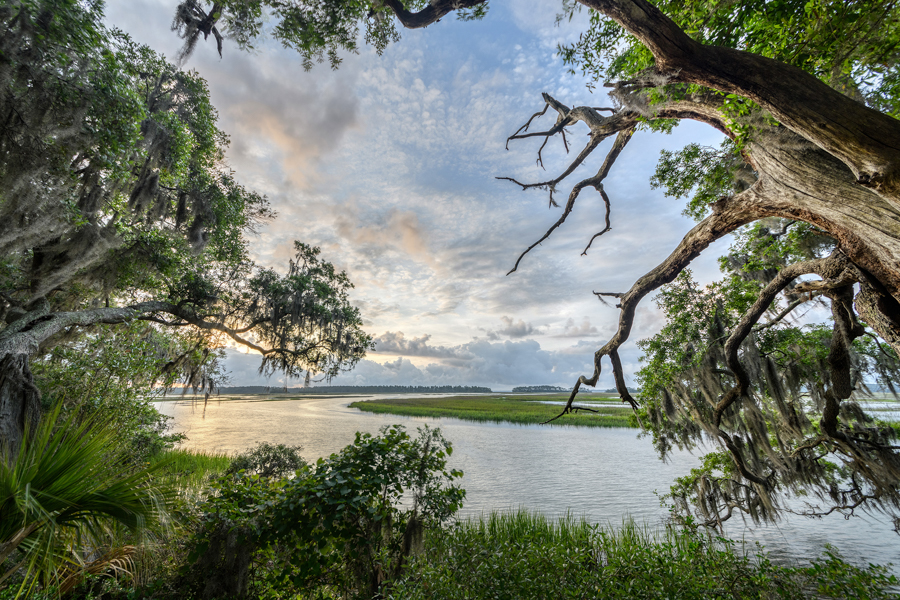
There is something serene about waking up to shimmering water, the stillness of the woods, or the sweep of marsh and sky right outside your window. Even without stepping outside, science shows that simply seeing nature from home can meaningfully improve mental...

The Ultimate Choice: Building vs Buying a Home in Palmetto Bluff For those searching for Palmetto Bluff homes for sale, this common question often arises: Should you choose an existing residence, or embrace the opportunity to build your own? While a complet...
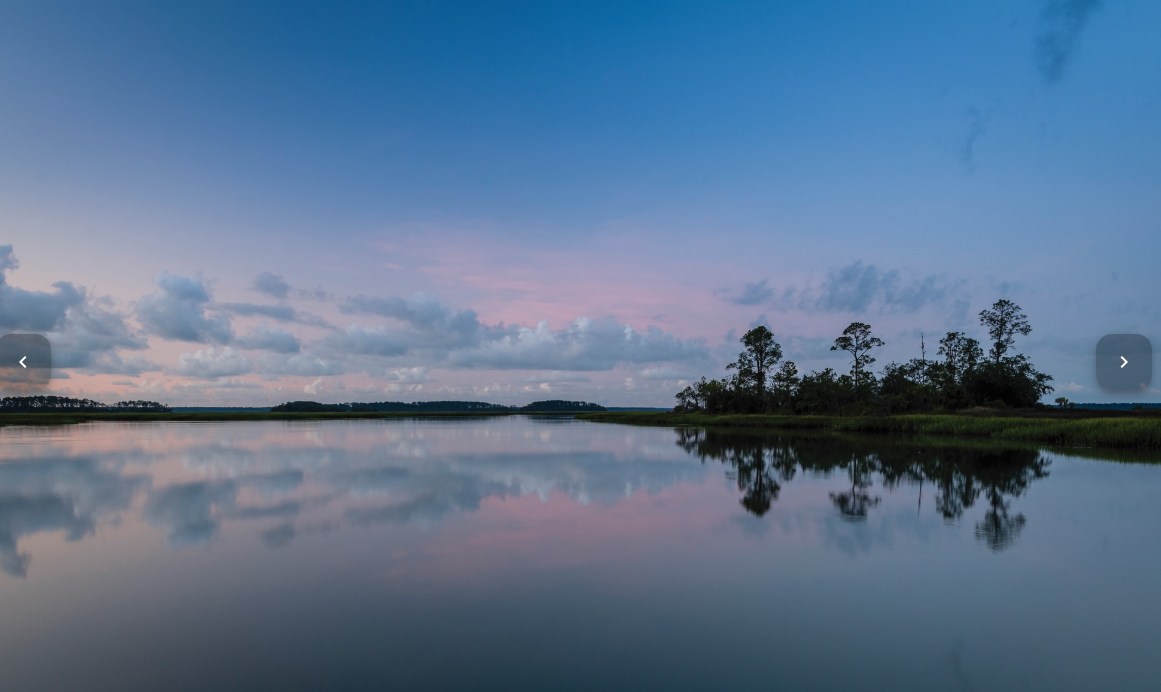
A Complete Guide to South Carolina Winter at Palmetto Bluff South Carolina's winter is unlike any other on the East Coast. While many travelers search for “South Carolina winter” expecting cooler temperatures and limited outdoor options, the Lowcountry revea...
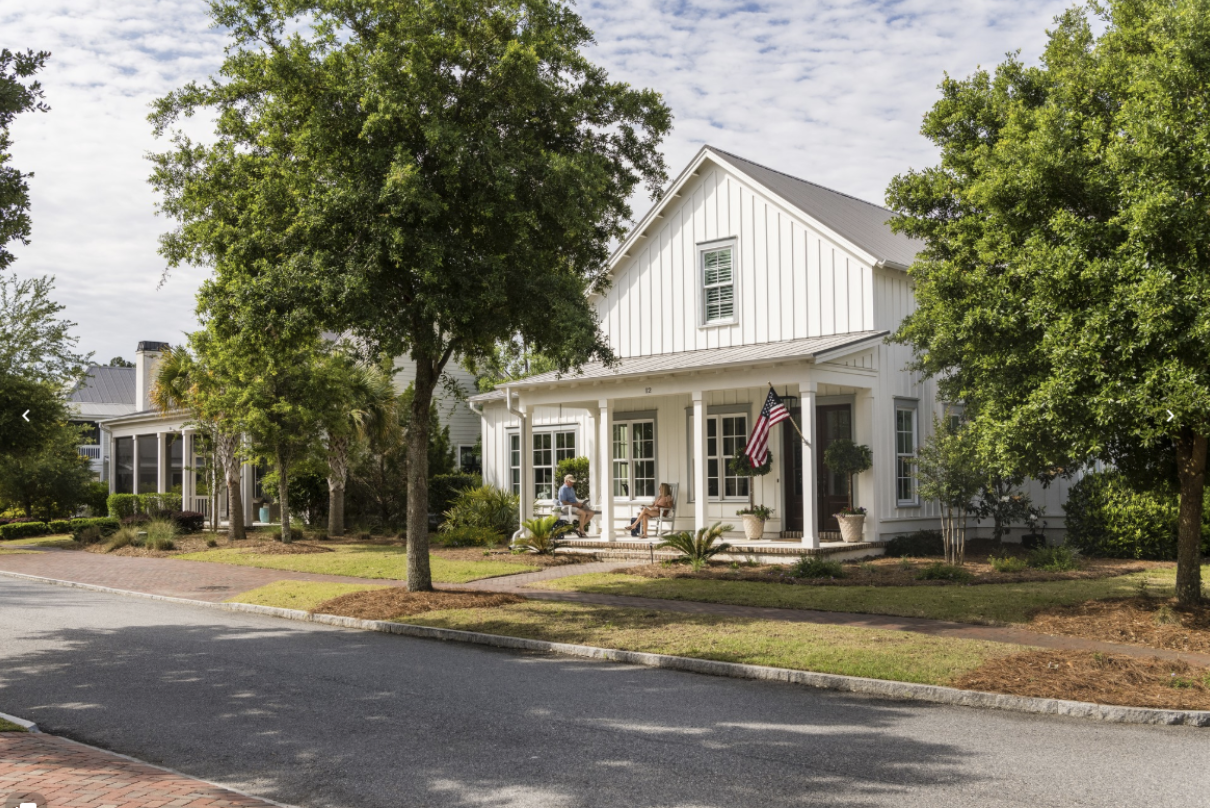
River Road: Where Lowcountry Beauty Meets Elevated Everyday Living Tucked gracefully between Wilson Village and Moreland Village, River Road is one of Palmetto Bluff’s most immersive communities. It's where the pace of life seems to soften, classic Southern ...
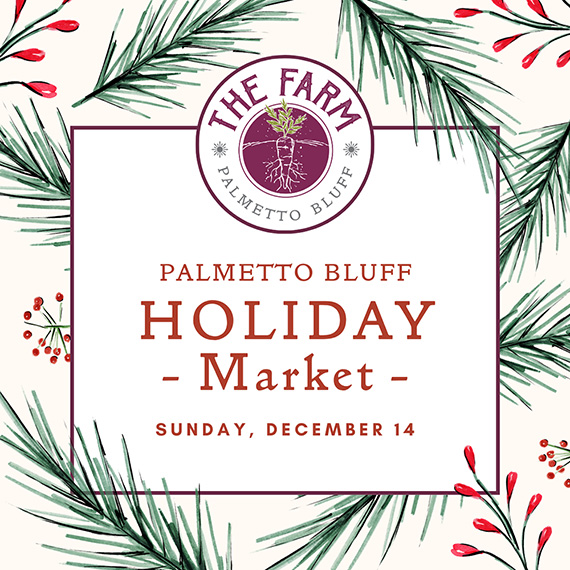
Sunday, December 14 | 9am to 1pmVillage GreenThe season’s most festive farmers market, the Holiday Farmers Market, comes to Wilson Village on Sunday, December 14, from 9am to 1pm. All are welcome to visit and experience the magic of holidays at the Bluff. The ...

Tucked amid whispering pines and overlooking a tranquil water trail, 11 Lyonia Street is where Lowcountry charm meets modern artistry. The newly built residence redefines Southern living with a balance of craftsmanship and calm. This is a home that feels both ...

The holiday season in the Lowcountry brings crisp air, oaks draped in twinkling lights, and laughter drifting from homes where families and friends gather once again. At Palmetto Bluff, the holidays are more than just a season; they’re a feeling of togethernes...
Learn about the Palmetto Bluff Conservancy and how we keep the vision of our land in place.
On land or water, there is an ever-evolving variety of activities.
We do not attempt to independently verify the currency, completeness, accuracy or authenticity of the data contained herein. All area measurements and calculations are approximate and should be independently verified. Data may be subject to transcription and transmission errors. Accordingly, the data is provided on an “as is” “as available” basis only and may not reflect all real estate activity in the market”. © [2023] REsides, Inc. All rights reserved. Certain information contained herein is derived from information, which is the licensed property of, and copyrighted by, REsides, Inc.